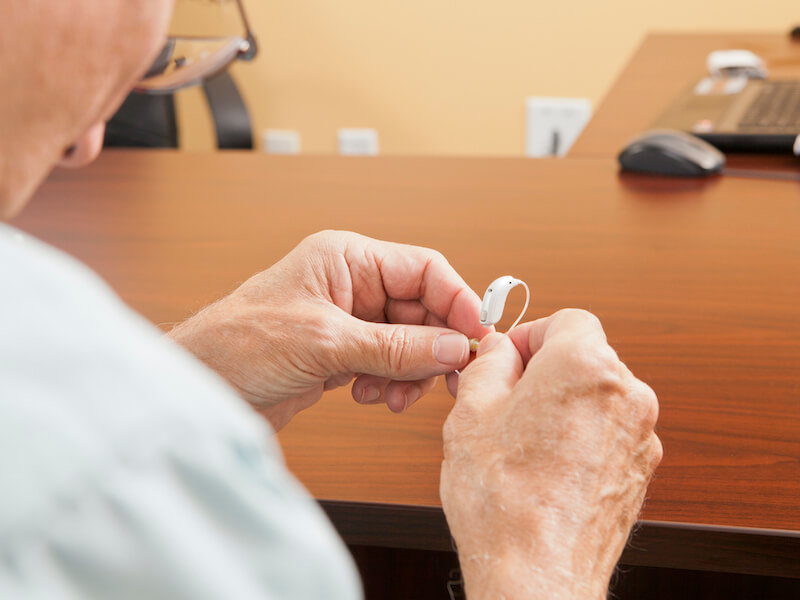
You go out of your way to make sure your hearing aids are well cared for. When you go to sleep, you always put them snuggly on the charger and you clean them daily.
But you get pretty distressed when your hearing aids abruptly stop working the way they used to. Fortunately, there are a few steps you can take to diagnose the problem. Just don’t forget: your main job is to avoid damaging your hearing aid further (or you may need to replace them).
Troubleshooting your hearing aid
You kept the owner’s manual that came with your shiny new hearing aids, right? You’ll want to take it out so you can utilize it for troubleshooting and, possibly, maintenance. Each model of hearing aid can be somewhat different so it’s important to follow the manual’s guidelines.
On most models there are some other things you can check, here are a few:
- Wax accumulation: Be certain that there is no wax on your hearing aid by giving it a visual check. Wax can accumulate quickly even if you clean your hearing aids regularly so make it a point to double check.
- Look for visible damage: Do you notice any visible cracks or loose components around the shell of your hearing aid? Cracks, clearly, could indicate more extensive damage (or allow in moisture).
- Keep your microphone clear: Look for anything obstructing the microphone of your hearing aid. Your hearing aid might feedback or simply fail to work if the microphone is blocked.
- Check your battery: Even if you know your hearing aids spent the night on the charger, you’ll want to double-check the battery power. If your hearing aid has replaceable batteries, it might not be a bad idea to check if those batteries are inserted properly or if a new one solves the problem.
Again, consult your owner’s manual on how you might approach each of these concerns. In some cases, you may be able to perform maintenance yourself.
When does my hearing aid need repair?
If your hearing aid keeps malfunctioning after you have performed basic upkeep and troubleshooting, it’s likely that your hearing aid will need to be professionally repaired. You need your hearing aids for nearly every facet of your life so this may not sound that appealing.
It’s definitely worth taking note that “repair” doesn’t necessarily translate into “send your hearing aids in for service and wait a few weeks”. Sometimes, we can do the repair in office and you can take it with you when you go.
Or, depending on the degree of the damage, you could have your hearing aids back in a few hours.
But quick repair will not be possible in every case. And in those situations, you may find yourself needing a backup set of hearing aids. So if you have an old pair lying around, ask whether they will serve on a temporary basis. Or maybe we have a loaner pair you can use.
Don’t wait to get help with your hearing aids
If the sound quality is starting to fail, it’s crucial to get your hearing aids checked and repaired.
You’ll want to avoid any downtime. Neglected hearing loss can affect your general health, and that includes your mental health. And it becomes all too easy to leave your hearing aids sitting in a drawer somewhere while your hearing continues to diminish.
Keeping those hearing aids in excellent working order is the key to keeping your hearing healthy. And the ideal way to do that is to clean them, keep them charged, and, when needed, bring your hearing aids to get some professional help.

